In the field of industrial automation, FA Lens plays a very important role, which can improve the performance and accuracy of machine vision system. FA Lens can be divided into different types according to different application requirements, such as zoom lens, telecentric lens, fixed focus lens, line scanning lens, etc. Each type has its own unique role and characteristics.
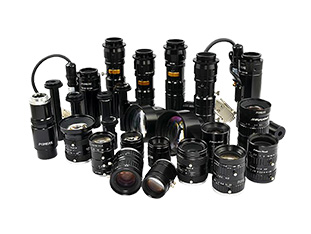
First, zoom lens
Zoom lens is a kind of industrial lens that can change the magnification, commonly used in machine vision system, used for detecting different sizes of objects or different magnification of the image. The advantage of zoom lens is that the magnification can be adjusted according to the need to meet different detection needs.
Second, telecentric lens
Telecentric lens is a special industrial lens, which can eliminate errors caused by changes in the distance between the lens and the object to be measured. It can ensure that within a certain field of view, no matter how the distance of the object from the lens changes, you can get a clear image. Therefore, telecentric lens is commonly used in machine vision systems for detecting the size of the workpiece and so on.
Third, fixed-focus FA lens
Fixed focus FA lens is a common industrial lens, which has a fixed focal length and cannot be adjusted. Fixed-focus FA lens usually has a higher resolution and faster acquisition speed, suitable for machine vision systems with high requirements for image clarity. The advantages of fixed-focus FA lens is affordable, stable performance, but its scope of application is relatively narrow.
Fourth, line scanning lens
Line scanning lens is commonly used for high-speed movement or continuous material detection, such as metal, plastic, paper and fibre. The advantage of the line scanning lens is that it can achieve high speed and high precision detection.
Different types of FAlenses have different characteristics and applications, and choosing the right industrial lens can improve the performance and accuracy of the machine vision system. In practical applications, it is necessary to select and configure according to the actual needs to ensure that the performance and reliability of the industrial camera meets the application requirements.
Product recommendation
TECHNICAL SOLUTION
MORE+You may also be interested in the following information
FREE CONSULTING SERVICE
Let’s help you to find the right solution for your project!


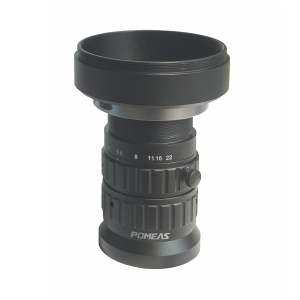
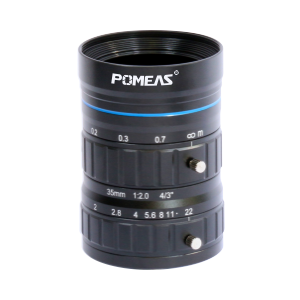
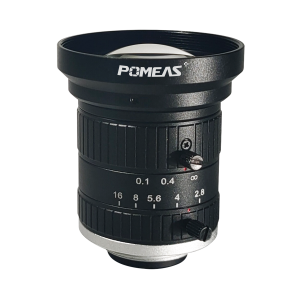
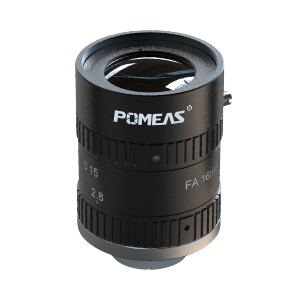
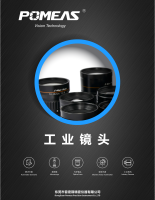

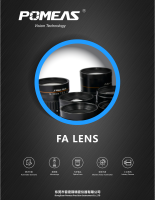

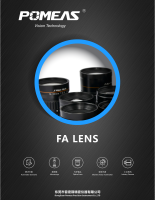
 ASK POMEAS
ASK POMEAS  PRICE INQUIRY
PRICE INQUIRY  REQUEST DEMO/TEST
REQUEST DEMO/TEST  FREE TRIAL UNIT
FREE TRIAL UNIT  ACCURATE SELECTION
ACCURATE SELECTION  ADDRESS
ADDRESS Tel:+ 86-0769-2266 0867
Tel:+ 86-0769-2266 0867 Fax:+ 86-0769-2266 0867
Fax:+ 86-0769-2266 0867 E-mail:marketing@pomeas.com
E-mail:marketing@pomeas.com
